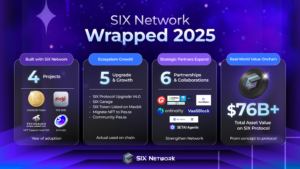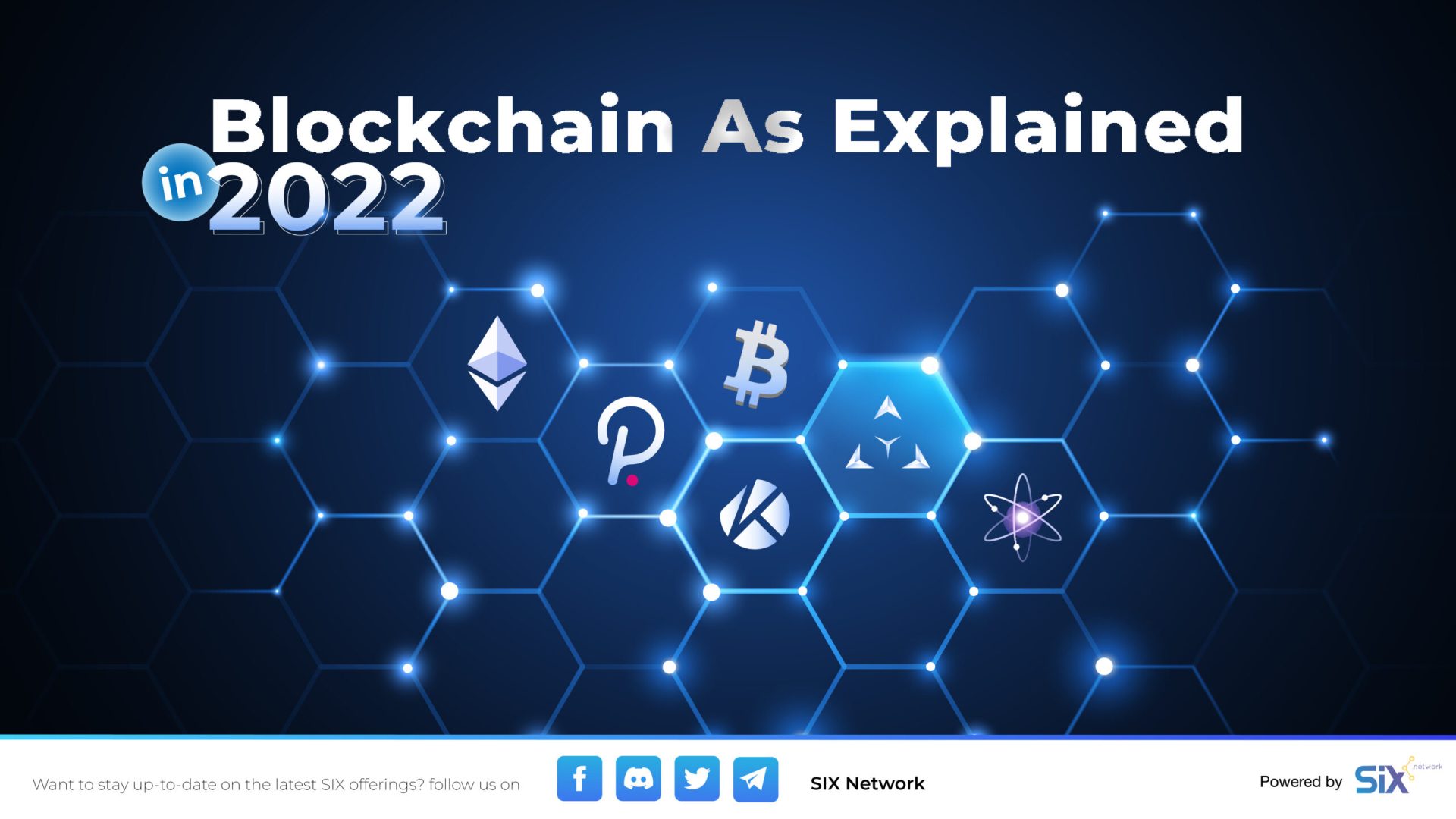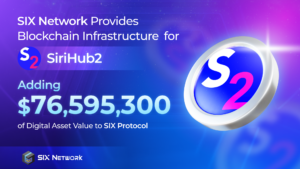SIX Protocol’s Validation System
Proof of Staked Authority or PoSA is backing up the security system throughout the SIX Protocol chain. It requires verification and approval by the majority of network nodes to validate a new block of transactions.
Validators are prone to keep transactions in the blockchain running, it is the most reliable and secure consensus algorithm. SIX Protocol’s Node Validators are selected as trustworthy entities to secure nodes.
NFT Gen 2 by SIX Network
On top of that, SIX Protocol is eager to introduce the data layer made definitely for NFT. NFT Gen 2 is the on-chain solution of SIX Protocol to enhance the real utility of the NFT for business use.
The property for cross-chain functioning on SIX Protocol makes it easy for businesses to transfer NFT for any existing collection of the chain. One interesting feature is the ownership oracles that can screen for original content. Better suited for businesses and brands to be able to verify the ownership even though the NFT Gen 2’s metadata on SIX Protocol can be modified will serve the needs of business campaigns and activities.
Learn more >> https://sixprotocol.com/






